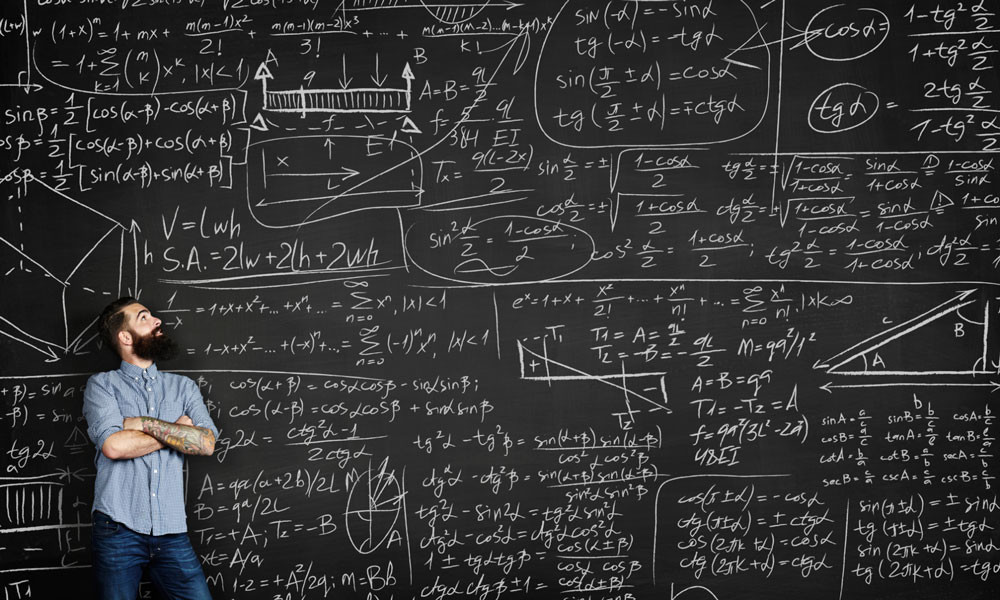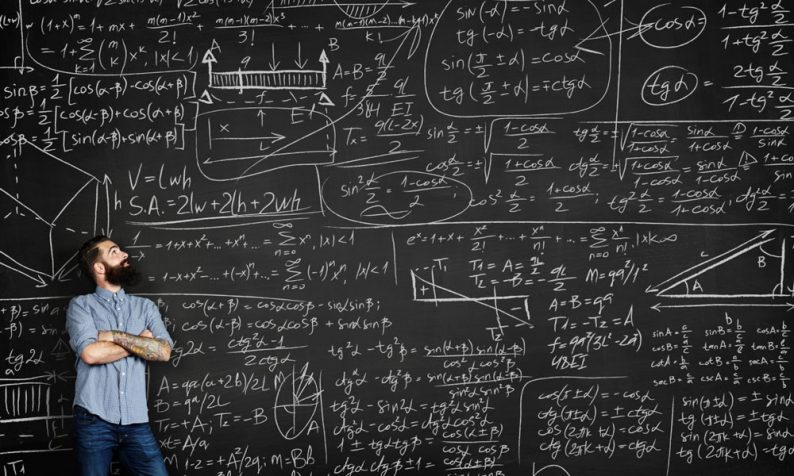Many people reading this will wonder what the connection between mathematicians and financial trading is. There is no need to wonder; a lot of financial tools, software, indicators and expert advisors were derived from mathematical and statistical calculations. Take for example the Fibonacci number sequences. The Fibonacci numbers which form the basis of the Gartley patterns, the 1-2-3 reversal pattern, the Gann angles and the retracement/extension tools, are all statistically derived number sequences.

There is perhaps no better confirmation of the importance of mathematics in financial trading or betting than the story of “The Man Who Broke Atlantic City”, Don Johnson. Johnson raked in $6 million in one night playing Black Jack and in the process, walked away with the monthly revenue of the Tropicana casino. This was after taking in millions of dollars from two other casinos. The secret of his success as he attested to in a documentary made on CNBC, was his association with mathematics professors who taught him the skills of how to use mathematical formulae to turn the odds in the casinos to his advantage. A lot of Don Johnson’s playing skills by his own admission, came from calculating his odds against that of the house.
Financial trading is a zero-sum game. When someone is losing, someone else is winning. When someone is selling off a position, someone else is buying it. The aim is therefore to be able to calculate the odds of walking away with profits and knocking other participants out so hard, they would never know what hit them. The question here however is whether the maths geniuses involved in financial trading (the Quants) are actually better at it than the old Gordon Gekko-style traders. These days, 70% of all trades in the financial markets are being executed by software and algorithms that have been programmed using mathematical formulae designed to create accurate and speedy execution of trades beyond the level of human intelligence.









Leave A Comment